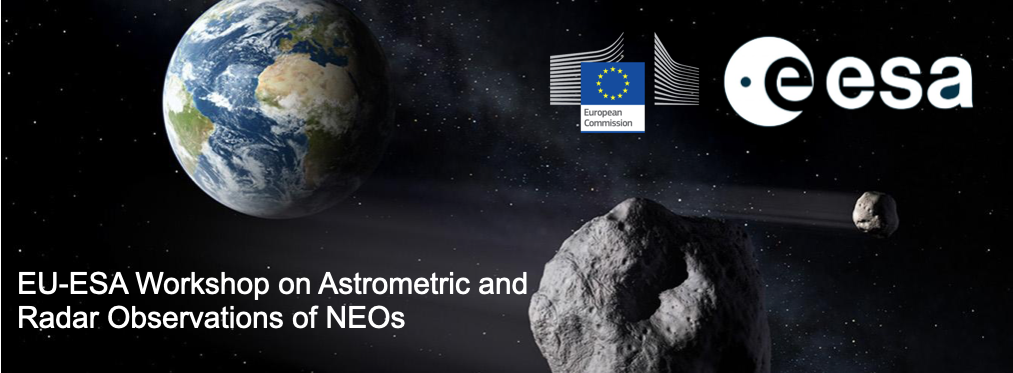Speaker
Description
Occultations by asteroids are an outstanding technique capable of providing extremely astrometry relative to the occulted star. Currently, occultations (mostly observed with portable equipment) provide several hundred astrometric observations per year, in an increasing trend.
The Gaia mission has contributed to occultation both by reducing the uncertainty on both asteroid orbits and star positions. As a consequence, the prediction of the occultation paths on Earth have dramatically improved, to the point that stellar occultations by Near Earth Asteroids have become possible.
Occultation events by NEA remain, however, a challenge, due to their small size resulting in a very narrow occultation path. Extremely accurate orbits and ephemeris are needed, and the event durations is always short (order of 0.1 to 0.01 s).
In this context, successful occultations typically require: several observers covering the cross section of the occultation path and its uncertainty margins; a fast sampling rate preserving a good signal-to-noise (fast cameras and relatively large telescopes); very accurate absolute time-tagging. At the data reduction stage, effects due to diffraction, noise, and relativistic light propagation must be carefully evaluated and taken into account.
The possible reward is proportional to the difficulty of the challenge. The experience has shown that this technique can equal radar astrometry in terms of astrometric accuracy, considerably improving the dynamical characterization on aspects such as the Yarkovsky accelleration, the possible orbital changes due to surface activity (for instance in the case of Phaethon), the impact risk (Apophis) and the orbital changes due to mitigation measures (DART impact on Didymos).
In addition to the dynamical characterization, physical properties such as shape and size are obtained. The record established by the smallest asteroid having produced an occultation (Dimorphos) will be illustrated as an outstanding example.
The possibility to exploit this technique more systematically is substantially limited by the available resources and the high costs of occultation campaigns (both in terms of logistics and manpower).

